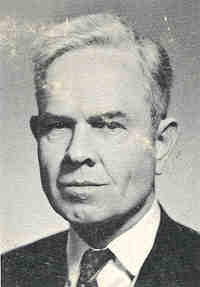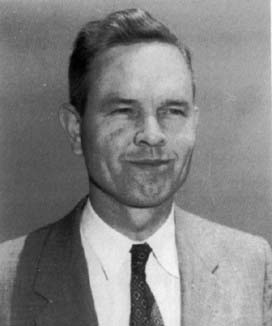<Back to Index>
- Mathematician Norman Earl Steenrod, 1910
- Architect James Frazer Stirling, 1926
- Chairman of the Council of People's Commissars Vladimir Iliych Lenin, 1870
PAGE SPONSOR


Norman Earl Steenrod (April 22, 1910 – October 14, 1971) was a preeminent mathematician most widely known for his contributions to the field of Algebraic topology.
He was born in Dayton, Ohio, and educated at Miami University and University of Michigan (A.B. 1932). After receiving a master's degree from Harvard University in 1934, he enrolled at Princeton University. He completed his Ph.D. under the direction of Solomon Lefschetz, with a thesis titled Universal homology groups. He held positions at the University of Chicago from 1939 to 1942, and the University of Michigan from 1942 to 1947. He moved to Princeton University in 1947, and remained on the Faculty there for the rest of his career.
Thanks to Lefschetz and others, the cup product structure of cohomology was understood by the early 1940s. Steenrod was able to define operations from one cohomology group to another (the so-called Steenrod squares) that generalized the cup product. The additional structure made cohomology a finer invariant. The Steenrod cohomology operations form a (non-commutative) algebra under composition, known as the Steenrod algebra. José Ádem studied the relations between the Steenrod operations, and discovered secondary cohomology operations. Using these secondary operations, Frank Adams obtained the definitive answer to the problem of counting the number of linearly independent vector fields on a sphere.
His book The Topology of Fiber Bundles is a standard reference. In collaboration with Samuel Eilenberg, he was a founder of the axiomatic approach to homology theory (Eilenberg-Steenrod axioms).